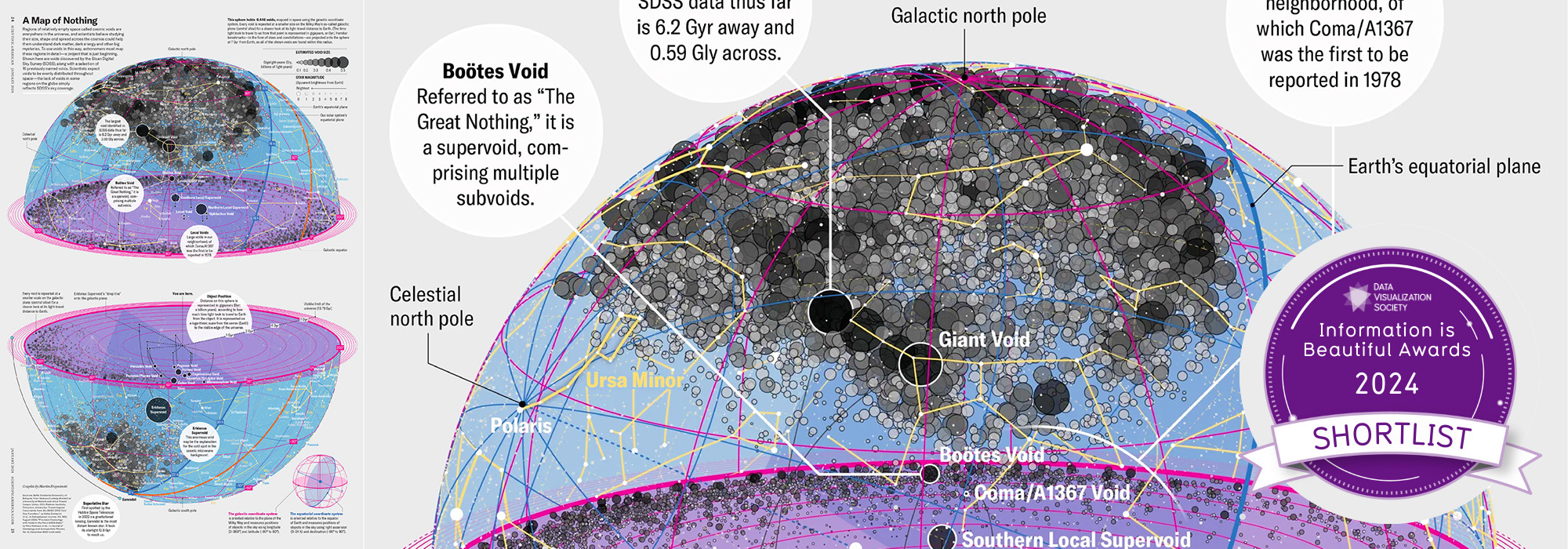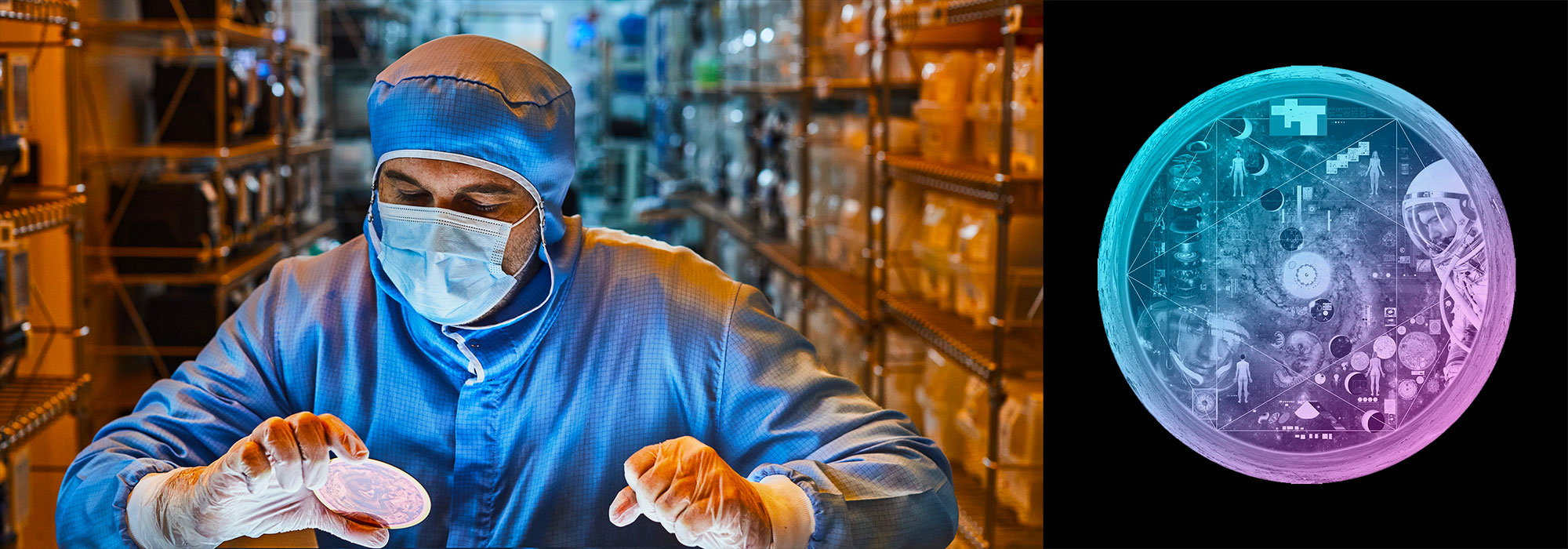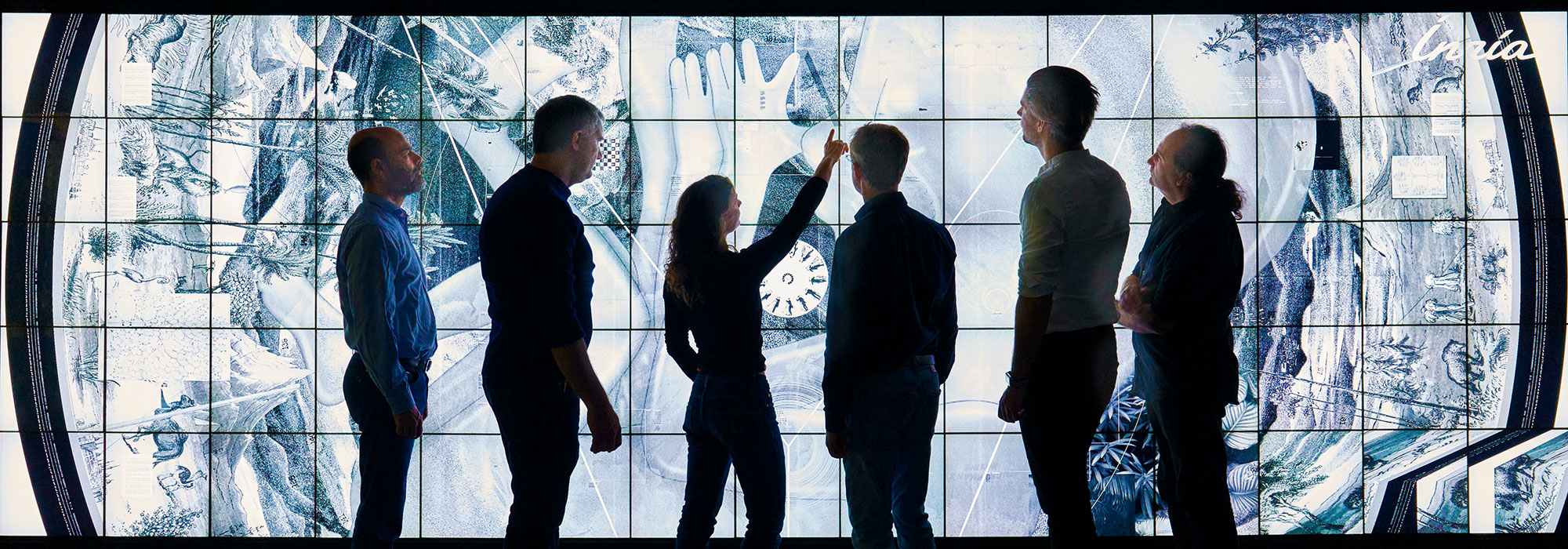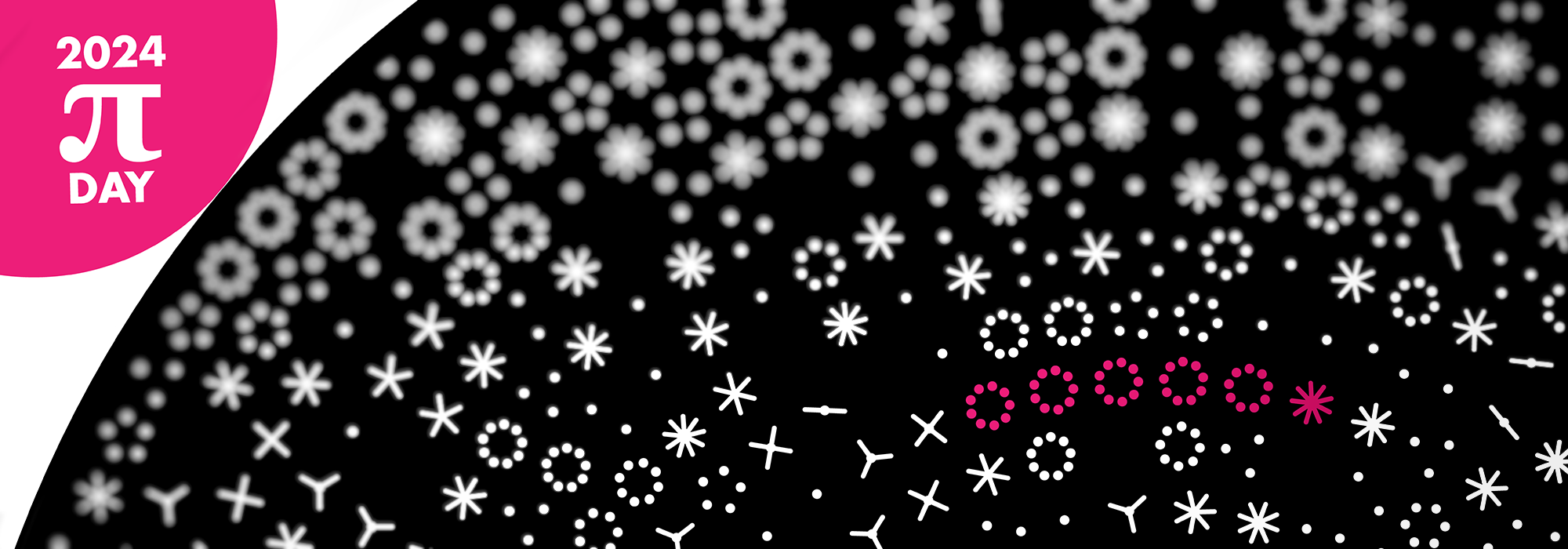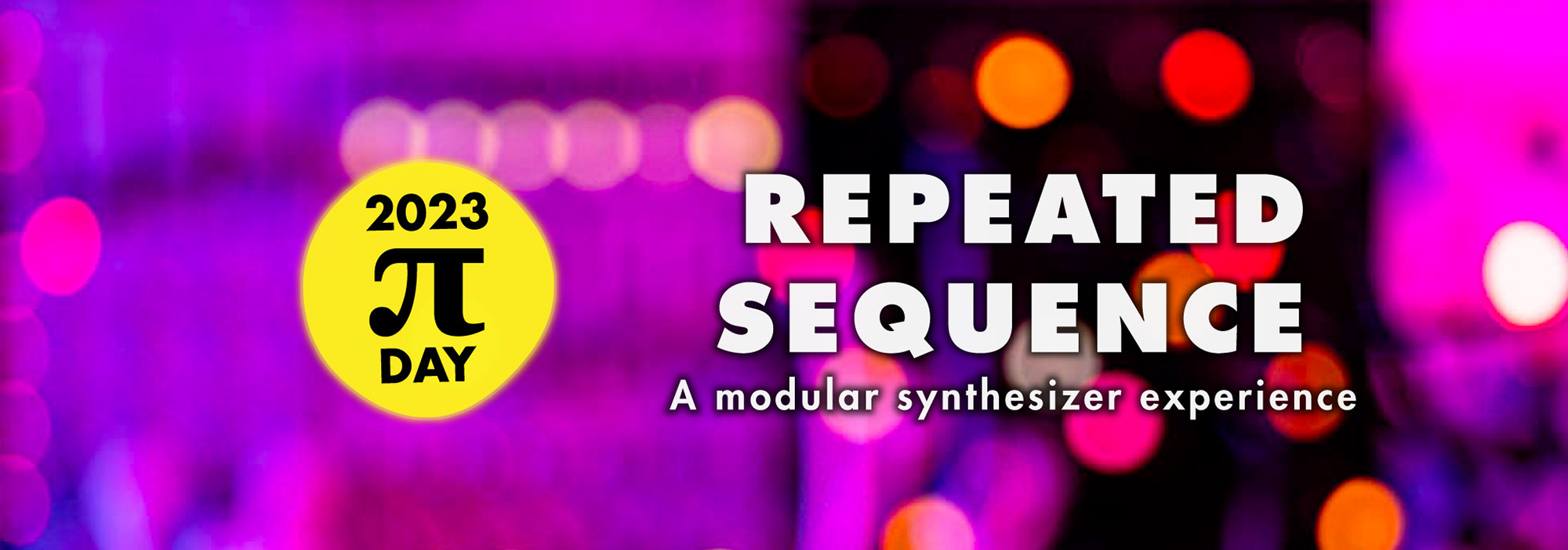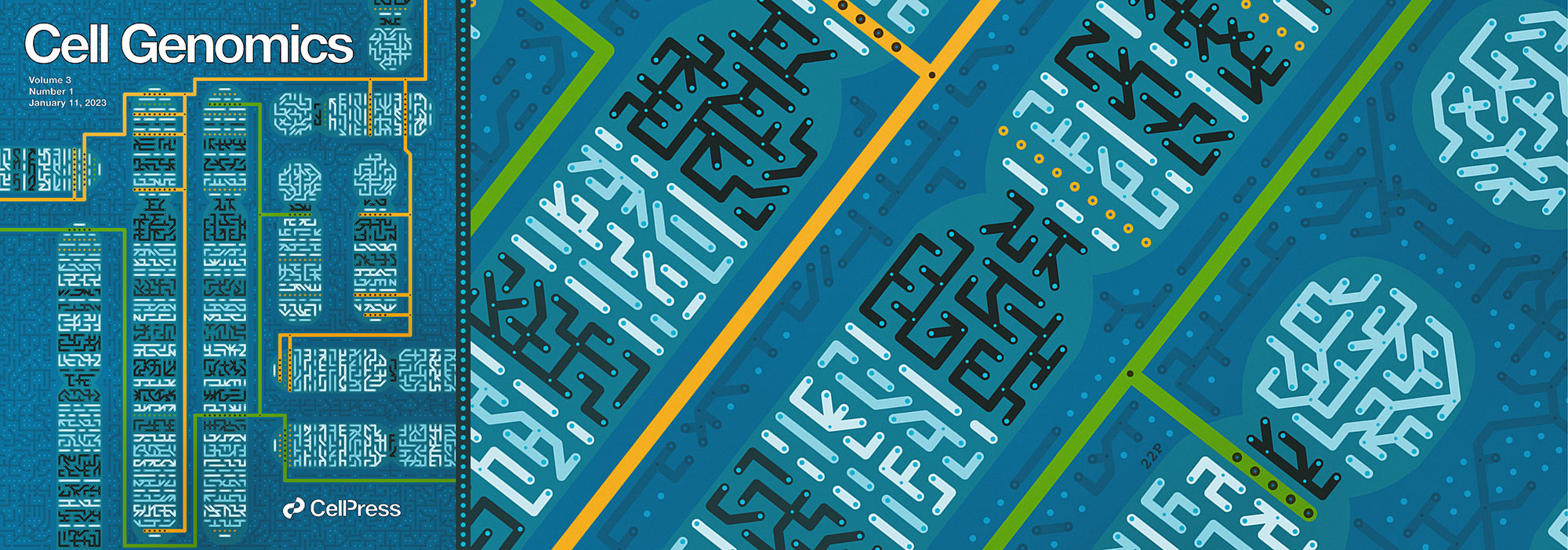art + science
Bloomberg Businessweek Design Conference — San Francisco, 2013

science ♥ design
Together with Alberto Cairo, I presented at the Bloomberg Businessweek Design Conference (highlights) on the topic of design and communication in the sciences.
Alberto, as the journalist, motivated why communication should include access to detail through an engaging narrative. He made the distinction between the specialist (heavy on detail) and the communicator (focus on narrative) and emphasized that the distinction is artificial, though often played out (watch video).
I, as the scientist, underscored the importance of clear communication between scientists. As the specialists, they are often very poor communicators. Pick up any science journal and you'll quickly discover that scientists either aren't good at telling stories or are discouraged to do so by the medium. The consequence is the same: papers read like a wall of text. TL;DR anyone? The quality of visual communication in general ranges from muddled to abysmal (watch video).
We need more leaders in the field, such as Nature Publishing Group, to reward and emphasize good visual communication (e.g. Nature Cancer Review 2013 Figure Calendar).
Our presentations concluded with a 15 minute moderated discussion with Sam Grobart, senior Businesssweek writer. Everyone got a little cheeky. Good fun.
presentation video
Watch: my presentation, conversation with Alberto Cairo, moderated by Sam Grobart. (Bloomberg TV), Albert Cairo's presentation.
presentation slides
This was a lightning 7 minute talk. I did more planning about what to say than I usually do, given that there was virtually no opportunity for any kind of backtracking, and include a running narrative below each slide.
download presentation
My slides are available as PDF, keynote (zipped) or Quicktime. The format is 16:9 HD.
Bloomberg Businessweek Design Issue

On 28 Jan 2013, Bloomberg Businessweek Design Issue will capture the ideas from the conference and the personalities that generated them.
During the conference, each talk was captured in a series of sketches by Tom Wujec: my talk sketch and moderated discussion sketch.

Beyond Belief Campaign BRCA Art
Fuelled by philanthropy, findings into the workings of BRCA1 and BRCA2 genes have led to groundbreaking research and lifesaving innovations to care for families facing cancer.
This set of 100 one-of-a-kind prints explore the structure of these genes. Each artwork is unique — if you put them all together, you get the full sequence of the BRCA1 and BRCA2 proteins.
Propensity score weighting
The needs of the many outweigh the needs of the few. —Mr. Spock (Star Trek II)
This month, we explore a related and powerful technique to address bias: propensity score weighting (PSW), which applies weights to each subject instead of matching (or discarding) them.

Kurz, C.F., Krzywinski, M. & Altman, N. (2025) Points of significance: Propensity score weighting. Nat. Methods 22:1–3.
Happy 2025 π Day—
TTCAGT: a sequence of digits
Celebrate π Day (March 14th) and sequence digits like its 1999. Let's call some peaks.

Crafting 10 Years of Statistics Explanations: Points of Significance
I don’t have good luck in the match points. —Rafael Nadal, Spanish tennis player
Points of Significance is an ongoing series of short articles about statistics in Nature Methods that started in 2013. Its aim is to provide clear explanations of essential concepts in statistics for a nonspecialist audience. The articles favor heuristic explanations and make extensive use of simulated examples and graphical explanations, while maintaining mathematical rigor.
Topics range from basic, but often misunderstood, such as uncertainty and P-values, to relatively advanced, but often neglected, such as the error-in-variables problem and the curse of dimensionality. More recent articles have focused on timely topics such as modeling of epidemics, machine learning, and neural networks.
In this article, we discuss the evolution of topics and details behind some of the story arcs, our approach to crafting statistical explanations and narratives, and our use of figures and numerical simulations as props for building understanding.

Altman, N. & Krzywinski, M. (2025) Crafting 10 Years of Statistics Explanations: Points of Significance. Annual Review of Statistics and Its Application 12:69–87.
Propensity score matching
I don’t have good luck in the match points. —Rafael Nadal, Spanish tennis player
In many experimental designs, we need to keep in mind the possibility of confounding variables, which may give rise to bias in the estimate of the treatment effect.

If the control and experimental groups aren't matched (or, roughly, similar enough), this bias can arise.
Sometimes this can be dealt with by randomizing, which on average can balance this effect out. When randomization is not possible, propensity score matching is an excellent strategy to match control and experimental groups.
Kurz, C.F., Krzywinski, M. & Altman, N. (2024) Points of significance: Propensity score matching. Nat. Methods 21:1770–1772.

